Description
What is Class AB Amplifier 2100MHz 100W RF Power Amplifier 3G?
The Class AB Amplifier 2100MHz 100W RF Power Amplifier 3G CTRF-ANTENNA-AMP-PA-2110-2170-100W Class AB Amplifier2100MHz 100W RF Power Amplifier is an RF Amplifier Module for Embedded OEM Applications supplied by C&T RF Antennas Inc.
The class AB amplifier 2100MHz RF Amp covers the 2110-2170MHz frequency range at up to 100 Watts power. It has a +0.5 dB maximum flatness, 50 dB minimum gain, 50 Ohm nominal input, and output impedance, and a 1.4:1 maximum mismatch tolerance.
For more information on the class AB amplifier’s features and specifications, download the datasheet. You can contact C&T RF Antennas Inc directly to discuss how their products can assist in the design and development of your next device.
Class AB Amplifier High Power RF Amplifiers For Communications Applications
C&T RF Antennas Inc. offers a series of high-power RF amplifiers operating in frequencies ranging from 100MHz to 6GHz, and with a nominal output power of 30W to 2000W. Signal types include UHF, GSM, LTE, and Wi-Fi models. Control and monitoring features are available.
Class AB Amplifier 2100MHz 100W RF Power Amplifier 3G is supplied by C&T RF Antennas Inc, we provide RF products with RF antennas, Antenna Accessories, Amplifiers, And Repeaters.
C&T RF Antennas Inc provides internal & external antennas with antenna radio frequencies such as NFC, 169MHz, 230MHz, 315MHz, 433MHz, 868MHz, 915MHz, VHF&UHF, Lora, NB-IoT, ADS-B, GSM, GNSS, GPRS, 1.2 GHz, 1.4 GHz, 1.8 GHz, Wi-Fi 2.4 GHz, 5.8 GHz, Cellular 2G, 3G, 3.5 GHz, 4G LTE, GPS, 5G NR, 6G, etc.
C&T RF Antennas Inc. provides RF antennae with Omni & Directional antenna types such as Dipole Antennas, Whip Antennas, Marine Antennas, Router Antennas, MIMO Antennas, Combo Antennas, PCB Antennas, FPC Antennas, Spring Antennas, Magnetic Antennas, Sector Antennas, Yagi Antennas, and Accessories, etc, for IoT & M2M industries.
We Offer Class AB Amplifier Pricing, & Class AB Amplifier Datasheets, and other power Amplifiers and amplifier design.
Class AB Amplifier 2100MHz 100W RF Power Amplifier Key features include:
Amplifier efficiencies of 40%
Built-in circulator RF output protection
RF output power levels to 200 watts
Unmatched flatness, linearity, and gain
Several control and monitoring
Automatic level control but can be turned to manual if desired
Mute function
Temperature monitoring with alarm protection
Forward and reflected RF output power
VSWR over-current shutdown
Class AB Amplifier 2100MHz 100W RF Power Amplifier Typical applications:
Broadband Jamming
Electronic warfare
Pulsed radar
Military and cell communications
RF transmitters
Test equipment
Counter IED systems
Class AB Amplifier 2100MHz 100W RF Power Amplifier Technical Specifications:
| Model | CTRF-ANTENNA-AMP-PA-2110-2170-100W |
| Frequency(MHz) | 2110-2170 |
| Output Power(W) | 50±1(100W ) |
| ALC Range(dB) | ≥25 |
| Gain(dB) | 50 or Customized |
| Gain Adjustment Range(dB) | >30/1dB step or Customized |
| Gain Adjustment Linearity(dB) | ≤±1 |
| Gain Flatness(dB) | ±0.5(Max) |
| Impedance(ohm) | 50 |
| VSWR | ≤1.4:1 |
| Voltage(V) | DC+28 |
| Impedance(ohm) | 50 |
| Power Current | ≤5.5A |
| RF Connector | SMA-50K or other Customized |
| Monitor interface | RS-485 or RS232 or other Customized |
| Monitoring communication protocols | Use the Manufacturer’s protocol or Customized |
| Working Temperature | -40~+65 degree |
| Storage Temperature | -55 to +85 degree |
| Operating Humidity | 0 to 90%, relative |
| Surface Color | Metal color conductive oxide and other color-customized |
| Weight | ≤1KG |
| Remark | Module with output short circuit or open circuit protection |
Class AB Amplifier 2100MHz 100W RF Power Amplifier Monitoring Function Description:
| No. | Monitoring function | Description | |
| 1 | query | PA ALARM | When an alarm amplifier failure |
| 2 | SWR ALARM | Amplifier output reflection is too large, VSWR exceeds3:1, an alarm is generated | |
| 3 | Over-temperature alarm | Module internal temperature exceeds85 ℃ generates an alarm and turns off the amplifier until the temperature returns to below 65 ℃,re-open the amplifier | |
| 4 | Over-output power alarm | When the output power exceeds the nominal full power alarm | |
| 5 | Input power detection | Accuracy of ± 1dB | |
| 6 | Reverse power detection | Accuracy of ± 1dB | |
| 7 | Output power detection | Detecting the actual output power amplifier, Accuracy of ± 1dB | |
| 8 | Temperature detection | Detection module operating temperature, detection range: -25 ~ +90 ℃, Accuracy of ± 3 ℃ | |
| 10 | SWR | Detecting amplifier output port VSWR range of 1.2~ 4.0 | |
| 11 | query and set | PA attenuator Set and query | Set and query the value of ATT |
| 12 | PA switching query and set | Query and set the state open tube amplifier | |
Power Amplifier Classification
According to the conduction angle and efficiency, the class amplifiers can be divided into:
(1) Class A Amplifier
Class A power amplifier is also called Class A power amplifier (Class A), which is a completely linear amplifier. When the pure Class A power amplifier is working, the positive and negative channels of the transistor are always open regardless of whether there is a signal or not, which means that more power is consumed as heat.
Pure Class A power amplifiers are relatively rare in the application of car audio, such as Italy’s high-quality series. This is because the efficiency of pure Class A power amplifiers is very low, usually only 20-30%. Audio enthusiasts are enthusiastic about its sound performance.
(2) Class B Amplifier
Class B power amplifier, also called Class B power amplifier (Class B), is also called a linear amplifier, but its working principle is completely different from a pure Class A power amplifier.
When a Class B power amplifier is working, the positive and negative channels of the transistor are usually closed unless there is a signal input, when the positive phase signal comes, only the positive phase channel works, and the negative phase channel is closed.
It will not work at the same time, so there is no power loss in the part where there is no signal.
However, when the positive and negative channels are turned on and off, crossover distortion is often generated, especially at low levels, so the Class B power amplifier is not a true high-fidelity power amplifier.
In actual applications, many early car audio amplifiers were actually Class B amplifiers because of their higher efficiency.
(3) Class A and B /Class AB Amplifier
Class A and B power amplifiers are also called Class AB amplifiers (Class AB), which is a design compatible with the advantages of Class A and Class B power amplifiers.
When there is no signal or the signal is very small, the positive and negative channels of the transistor are always open, and the power is lost at this time, but it is not as serious as the Class A power amplifier.
When the signal is in a positive phase, the negative phase channel is normally open before the signal becomes stronger, but the negative channel is closed when the signal becomes stronger.
When the signal is negative, the positive and negative channels work just the opposite. The defect of the class AB power amplifier is that it will produce crossover distortion, but relative to its efficiency ratio and fidelity, it is better than class A and class B power amplifiers.
Class AB power amplifier is currently the most widely used design in-car audio.
(4) Class C Amplifier
The main feature of Class C amplifiers is that the transistors only work within a short period of each cycle of the input signal.
When the circuit is working, a negative bias is usually provided to the amplifier tube to ensure that the transistor does not work in a Class B state.
Its collector load is not a resistor but an LC parallel resonant circuit, so the class C amplifier is also called a resonant amplifier circuit.
The frequency selection function is achieved by adjusting the capacitance of the capacitor or the inductance of the inductor. The conversion efficiency of Class C amplifiers is extremely high, reaching 98%.
However, because the load is a resonant circuit, the circuit often works at a high frequency, so the distortion is large.
Therefore, the class C amplifier is not suitable as an audio power amplifier. Instead, it is widely used in the radio world because of its optional frequency characteristics, so it is usually used as a radio frequency. Amplifiers, tuning amplifiers, and frequency multipliers.
(5) Class D Amplifier
Class D amplifiers are different from the above-mentioned Class A, B, or AB amplifiers. Their working principle is based on switching transistors, which can be completely turned on or off in a very short time.
The two transistors will not turn on at the same time, so little heat is generated. This type of amplifier has extremely high efficiency (about 90%), which can reach 100% under ideal conditions, compared to 78.5% for class-AB amplifiers.
On the other hand, the switching mode also increases the distortion of the output signal. The circuit of the class D amplifier is divided into three stages: input switch stage, power amplifier stage, and output filter stage.
Class D amplifiers can use pulse width modulation (PWM) mode when operating in the on-off state.
Use PWM to convert the audio input signal into a high-frequency switching signal, and compare the audio signal with a high-frequency triangle wave through a comparator.
When the voltage at the inverting terminal is higher than the voltage at the non-inverting terminal, the output is low; When the voltage is lower than the voltage of the non-inverting terminal, the output is high.
(6) Class T Amplifier
The power output circuit of the T class power amplifier is the same as the pulse width modulation class D power amplifier, and the power transistor also works in the on-off state, and the efficiency is equivalent to that of the class D power amplifier.
But it is different from ordinary class D power amplifiers:
First, it does not use pulse width modulation. Tripath company invented a digital power technology called Digital Power Processing (DPP).
It is the core of the Class T power amplifier. It uses adaptive algorithms and prediction algorithms for small signal processing in communication technology.
After the input audio signal and the current entering the speaker are digitally processed by DPP, they are used to control the on and off of the power transistor. So that the sound quality can achieve high-fidelity linear amplification.
Secondly, the switching frequency of its power transistor is not fixed, and the power spectrum of the useless components is not concentrated in the narrow frequency bands on both sides of the carrier frequency but scattered over a wide frequency band. Make the details of the sound clear and “heard” throughout the frequency band.
In addition, Class T power amplifiers have a wider dynamic range and flat frequency response. The emergence of DDP has pushed the power amplifier of the digital age to a new level. In terms of high fidelity, the linearity is even better than traditional AB power amplifiers.
There also have the class E amplifier, class H amplifier, class G amplifier, class F amplifier, etc.

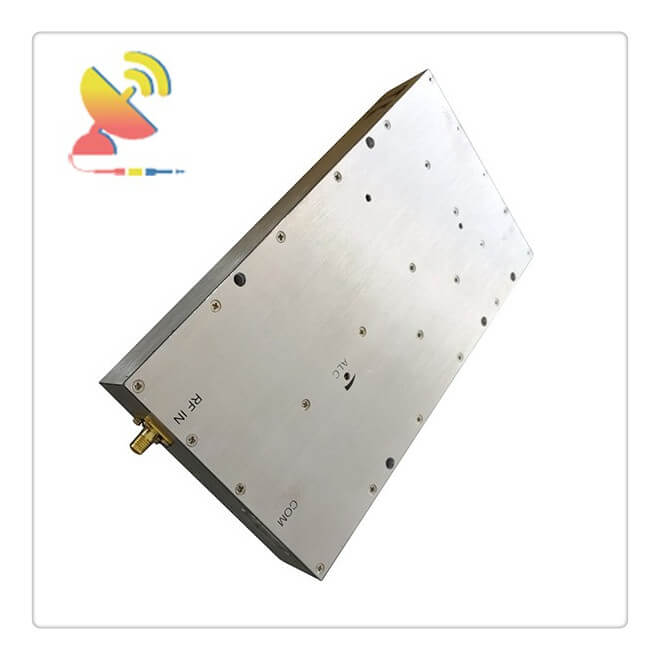
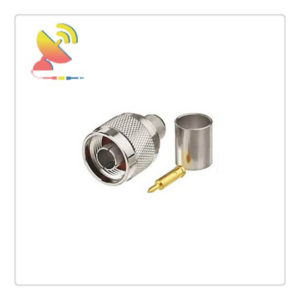
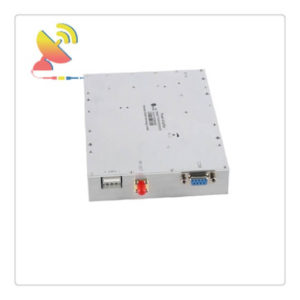
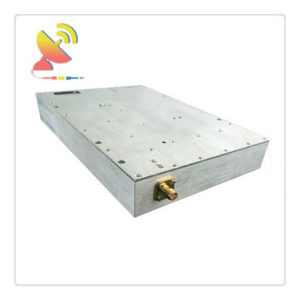
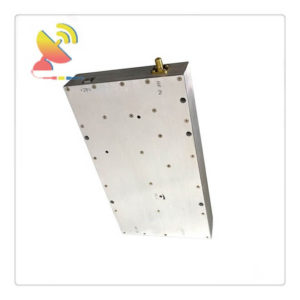
Reviews
There are no reviews yet.